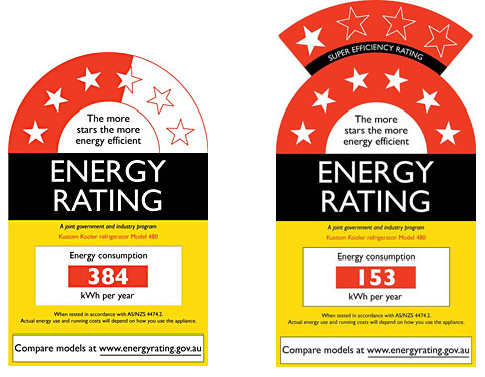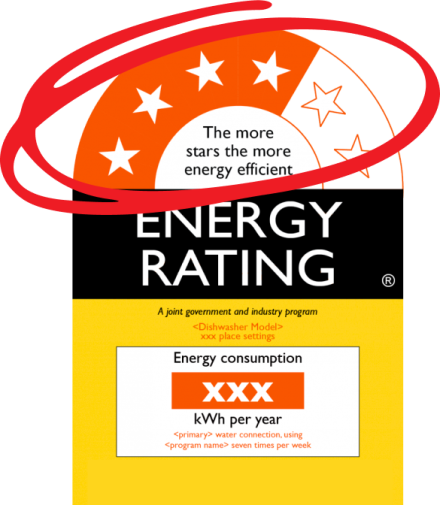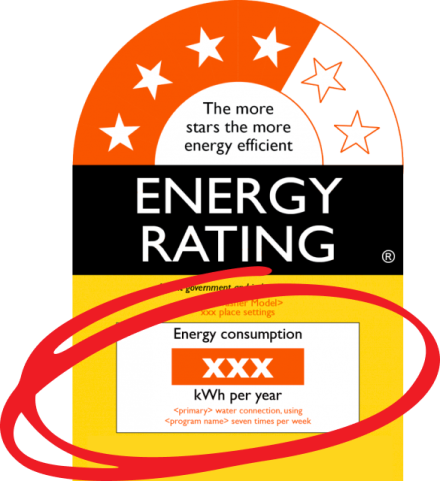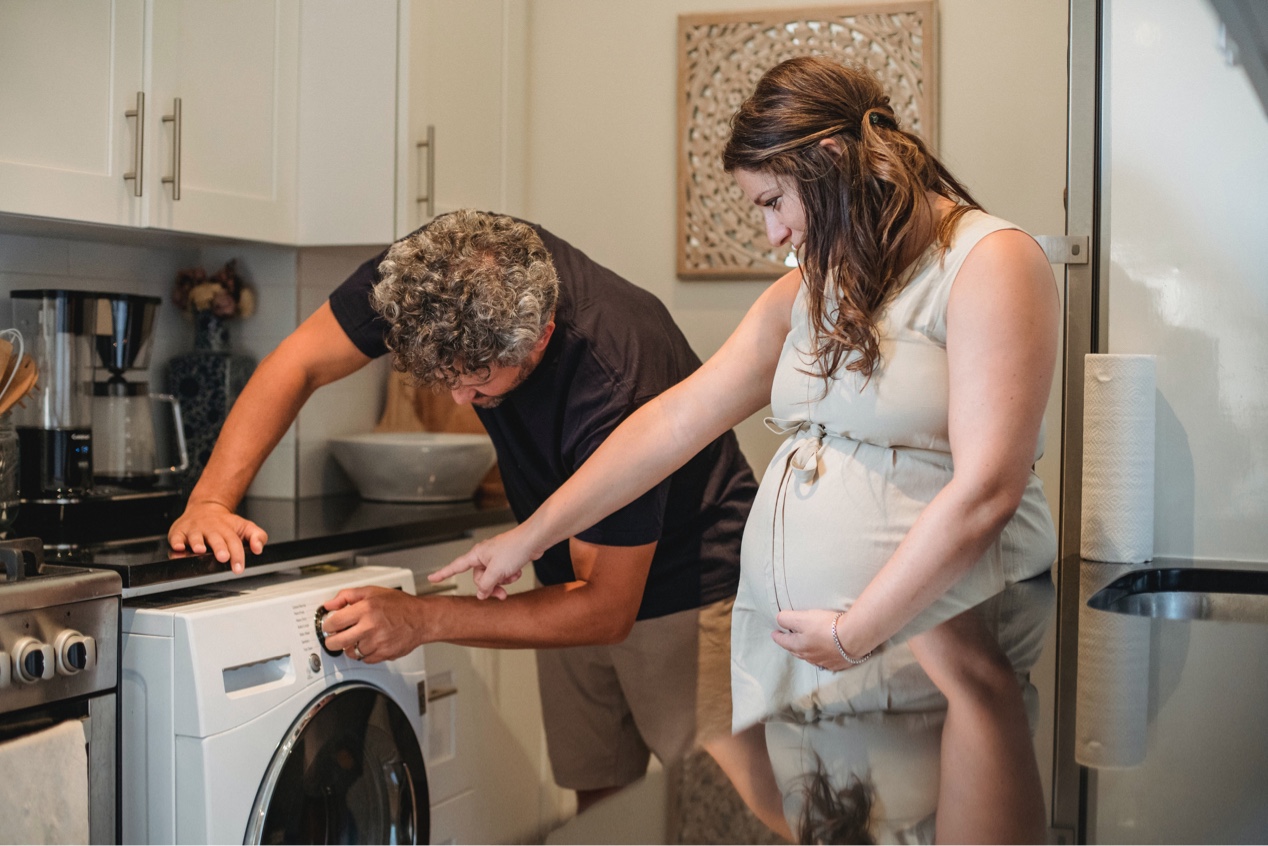FOR CONSUMERS
Understand the Energy Rating Label
Prepare to buy your new appliance.

Overview
The Energy Rating Label, regulated by the Australian government, has been around for over 30 years. Use it to compare the energy efficiency and running costs of different appliances.
On this page you will find:
- How to read the Energy Rating Label
- What is the star rating?
- What does energy consumption mean?
- How the Energy Rating Label saves you money
- Where you can find the Energy Rating Label
- Related resources, pages and downloads.

What is the star rating?
The star rating is about energy efficiency – that is, how much energy a product uses compared to similar products.
More stars means more efficient, when compared to other models of a similar size and features.
The more stars shown on the Energy Rating Label, the less energy the product will use and the more money you will save on your energy bills.
Most products are given between 1 and 6 stars. Technology keeps getting better as does energy efficiency! This is why nowadays you’ll see some super-efficient models in shops and online with an extra row for stars that go up to 10.

Make sure you compare similar appliances
If you use the star rating to compare appliances, make sure the appliances are a similar size and have similar features.
The star rating takes into account the size and features of the appliance. For example, a 10 kg washing machine with a five-star rating will use more energy than a 6 kg washing machine with a five-star rating.
What does energy consumption mean?
Energy consumption is how much electricity a model uses each year, in kilowatt hours (kWh).
It's based on standardised testing – required by law and conducted in line with the official Australian and New Zealand Standards.
These tests are based on how most people use their appliance, but you may use your appliance differently. This means the actual amount of energy your appliance uses may be different to the label.
An assumption of how often a product is used is included on the Energy Rating Label. For example, the number of washes per week for clothes washers, or daily viewing hours for televisions.
You can use the energy consumption number to compare any model – no matter their size or features.

Estimate your running costs
With the energy consumption number, you can work out the estimated running cost of the appliance by using the following formula.
Annual running cost = Total energy consumption (kWh) × Electricity tariff (dollars per kWh)
For example, if a fridge has an energy consumption of 458 kWh and your electricity tariff is $0.307 per kWh — then the estimated annual running cost is $140.61 (458 kWh x $0.307).
You can find your electricity tariff in the service calculation section of your electricity bill. Visit the Australian Energy Regulator website for more information about tariffs.

Use the Energy Rating Label to save
Let's say you’re looking to buy a new fridge. Below are the energy ratings of two similar appliances that you’re interested in.
Fridge A has two stars for energy efficiency, and an energy consumption of 542 kWh. Fridge B has four stars, and an energy consumption of 318 kWh. Your electricity tariff is $0.307 per kWh.
- Fridge A estimated annual running cost = $166.39 (542 kWh × $0.307)
- Fridge B estimated annual running cost = $97.63 (318 kWh × $0.307)
By choosing Fridge B, you could save $68.76 per year - the difference between the estimated annual running costs. If you keep Fridge B for ten years, that is an estimated overall saving of $687.60!

Where you can find the Energy Rating Label
In stores, it is mandatory for the Energy Rating Label to be displayed on:
- non-ducted household air conditioners
- clothes dryers
- clothes washers
- computer monitors
- dishwashers
- household refrigerators and freezers
- pool pumps
- televisions.
If you are in store and don't see the label, check with the retailer before buying an appliance.
Where products are sold online, it is not mandatory to display the energy rating label. However, consumers want energy efficiency information, so it makes good business sense for retailers to provide it. Send them an email or give them a call if you can't see the energy efficiency information on their website.

